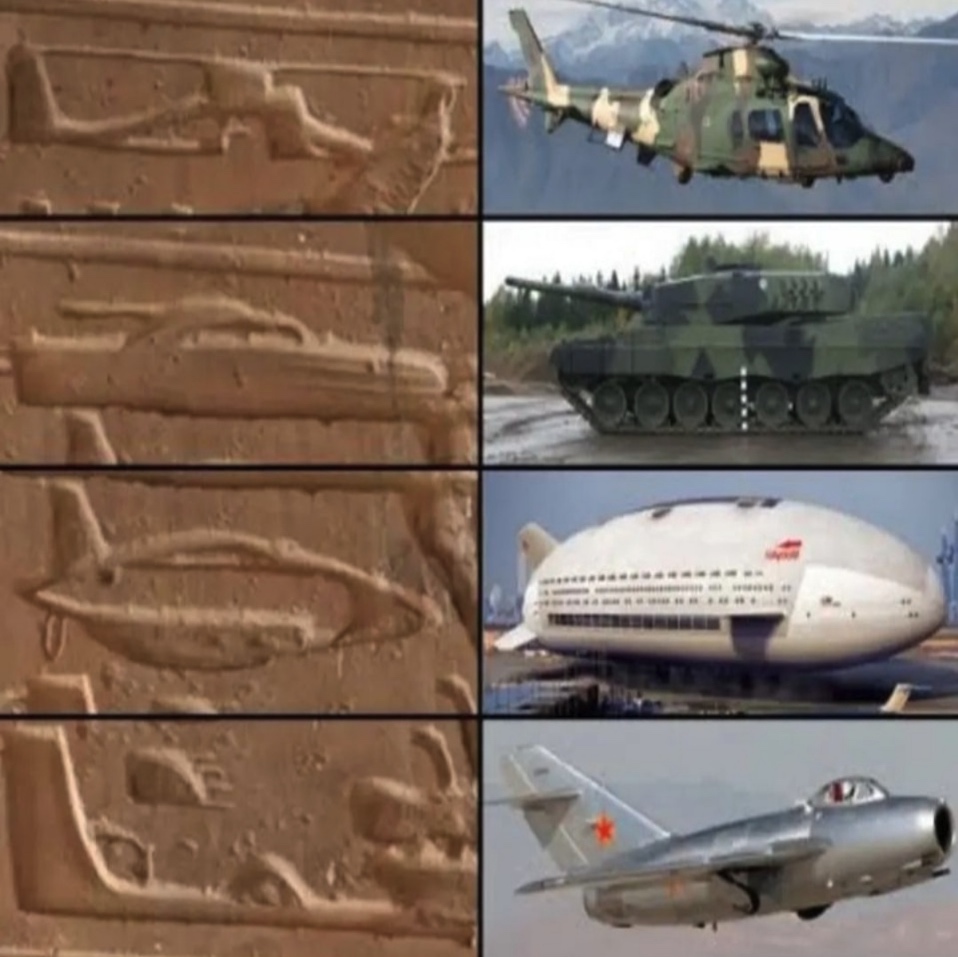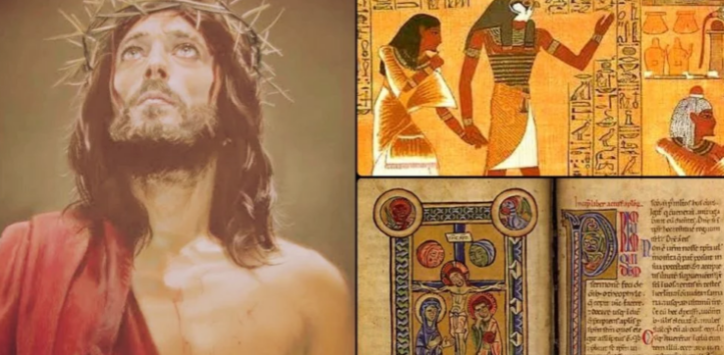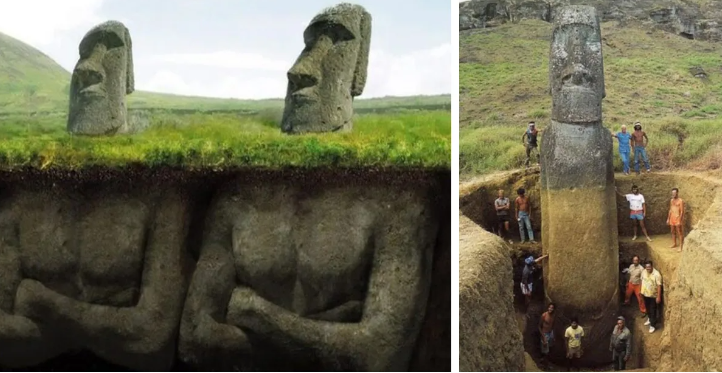
Hieroglyphics similar to models of helicopters, tanks and airplanes from the Ancient Egyptian period
Depictions resembling models of ancient Egyptian helicopters, tanks and airplanes have captured the interest of historians and enthusiasts alike. These epigmatic representations, found on various artifacts and hieroglyphs, raise intriguing questions about the technological prowess and cultural beliefs of the Egyptian civilization.
Famous for its monumental architecture, sophisticated society, and complex religious practices, Egyptian Egypt flourished along the banks of the Nile River for thousands of years. The civilization’s rich artistic tradition, including hieroglyphic writings and complex funerary paintings, provides a wealth of information about its daily life, beliefs, and achievements.

Among the wide range of Egyptian artifacts, some copied representations resemble modern vehicles, such as helicopters, trucks and airplanes. These depictions often feature symbols and shapes that evoke similarities to these modern innovations, leading to speculation about receptive Egyptians’ knowledge of advanced technology.
The interpretation of these attractive depictions as depictions of helicopters, airplanes and airplanes is subject to debate and interpretation. Some researchers suggest that these representations may be symbolic or allegorical, representing mythical creatures or religious concepts rather than literal representations of modern vehicles.

Alternatively, proponents of accepted astronomical theory propose that these representations could be evidence of advanced technological knowledge transmitted by extraterrestrial beings. According to this theory, accepted civilizations such as the Egyptians may have received guidance or assistance from advanced foreign visitors, leading to the creation of these epigmatic representations.
However, it is essential to approach these interpretations with caution and skepticism. Active Egyptians lived in a cultural and technological context very different from our own, and their artistic expressions would have been influenced by their unique cultural beliefs, experiences, and symbols.

Furthermore, alternative explanations suggest that these depictions may be the result of artistic license, misinterpretation, or even pareidolia: the human brain’s ability to perceive familiar shapes and patterns where they exist.
In the collection, while the presence of representations resembling helicopters, airplanes, and airplanes are seemingly intriguing Egyptian artifacts, it is essential to consider the cultural, historical, and archaeological context when interpreting these images. While they may inspire curiosity and speculation, definitive conclusions about their meaning and importance remain elusive. As researchers collaborate to study and analyze these compelling artifacts, they contribute to our understanding of the complexities of accepted civilizations and the emerging mysteries of human history.





